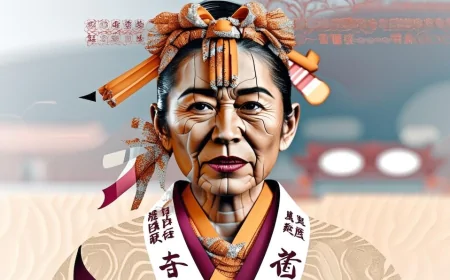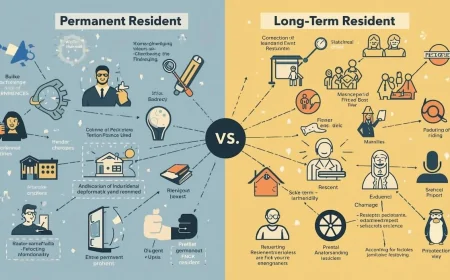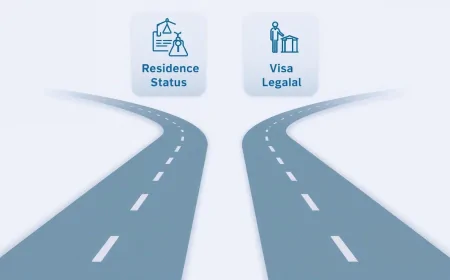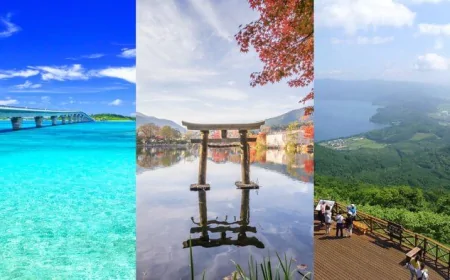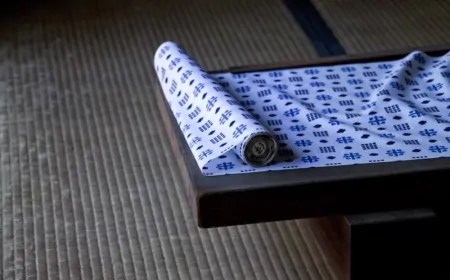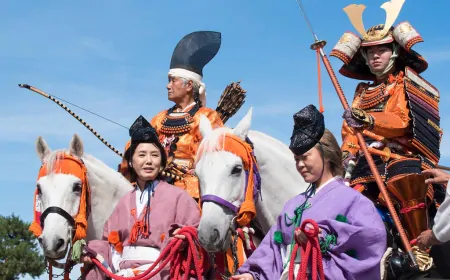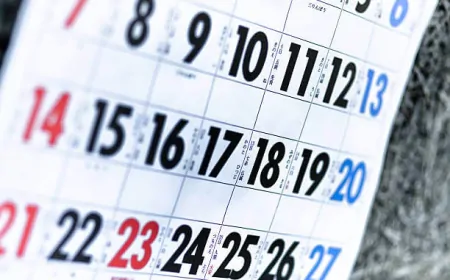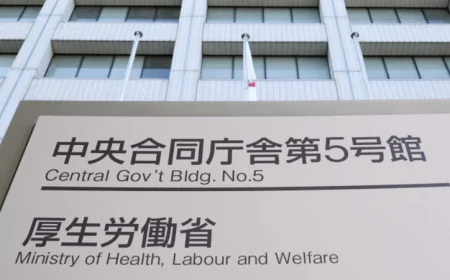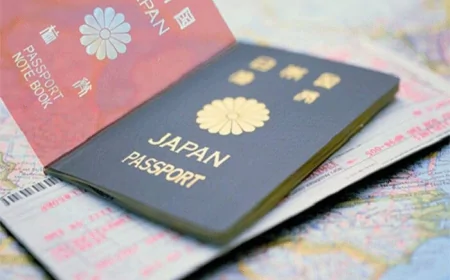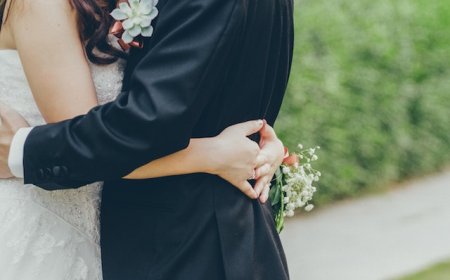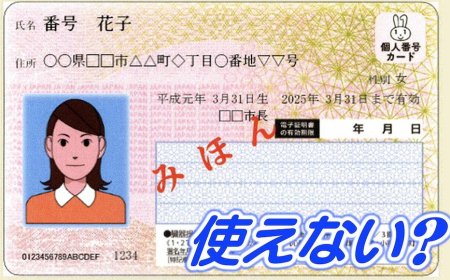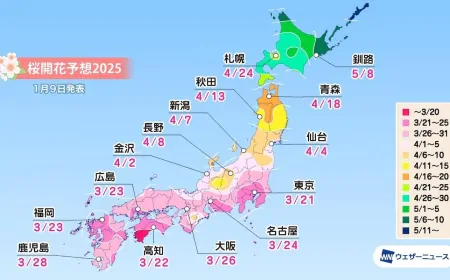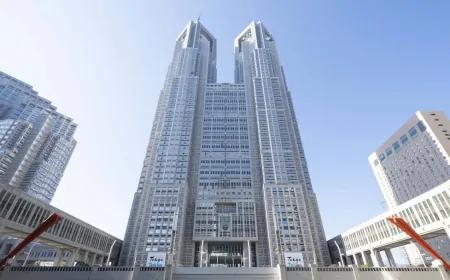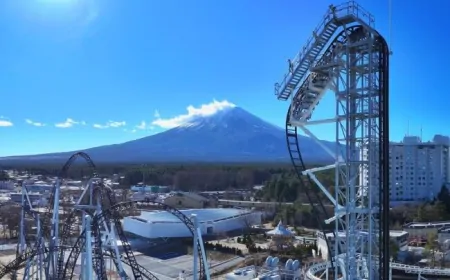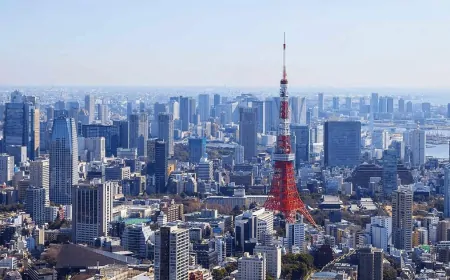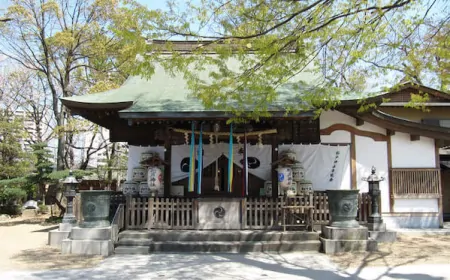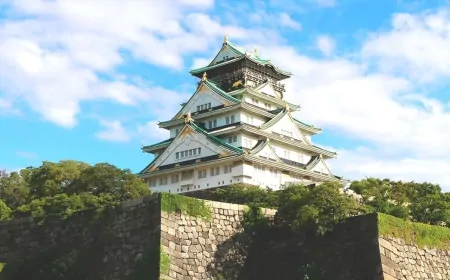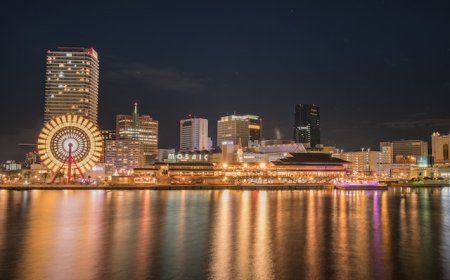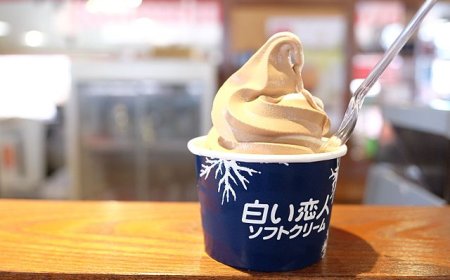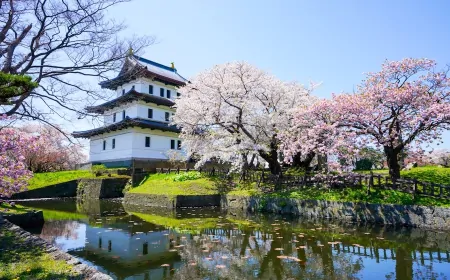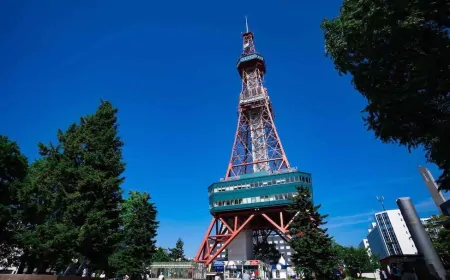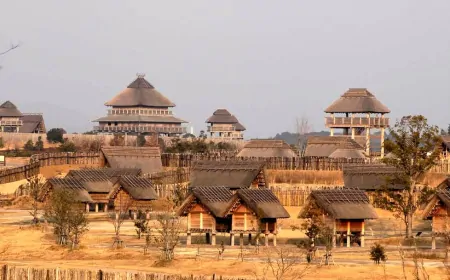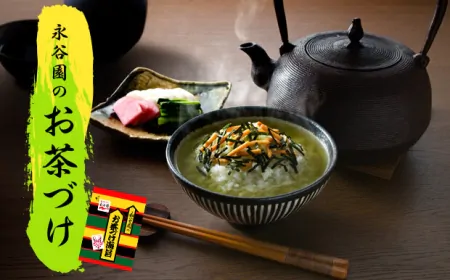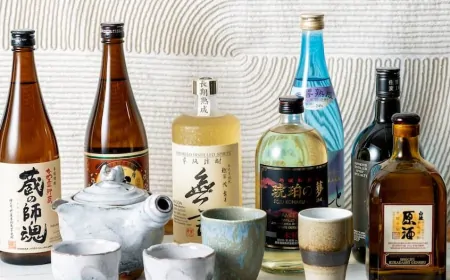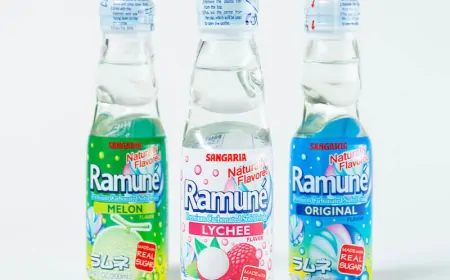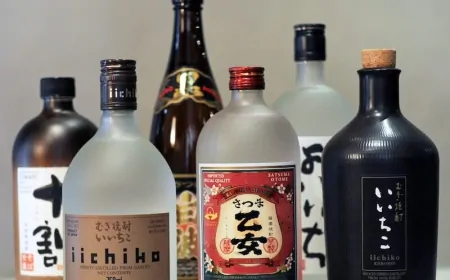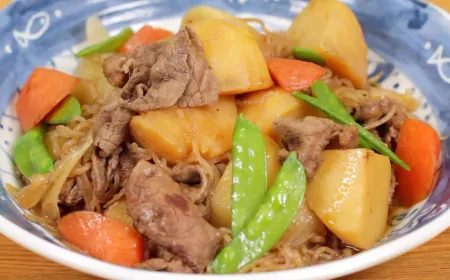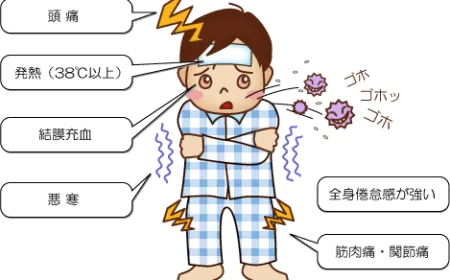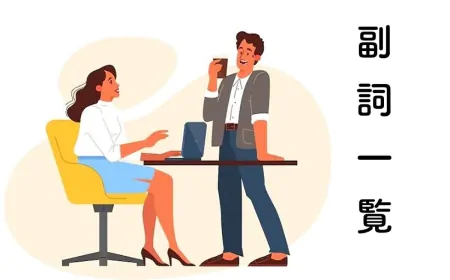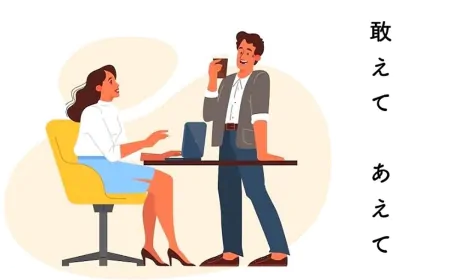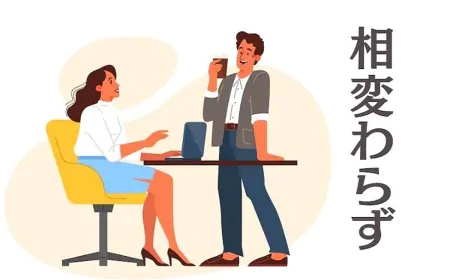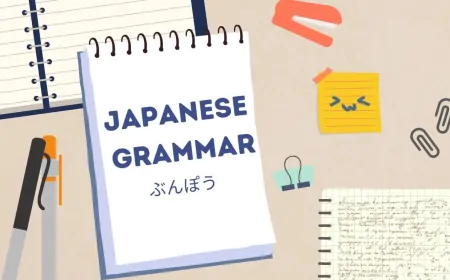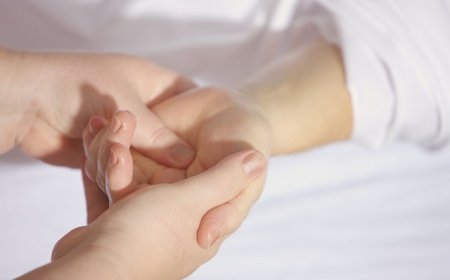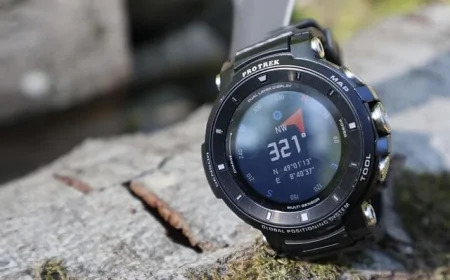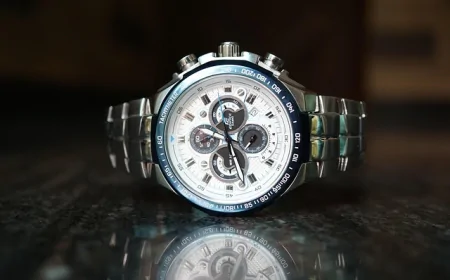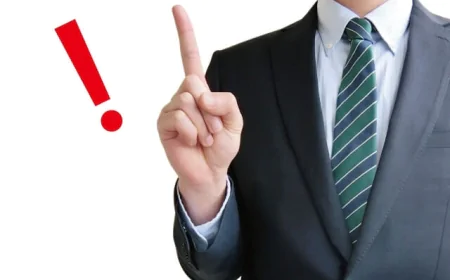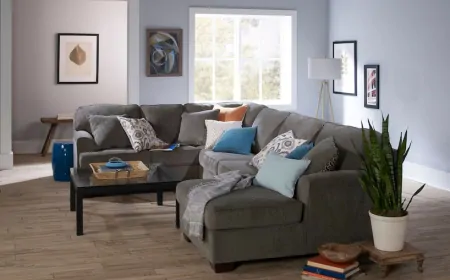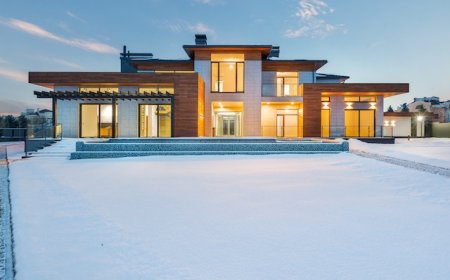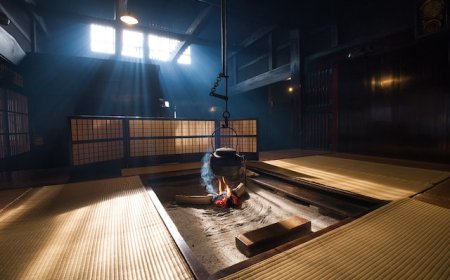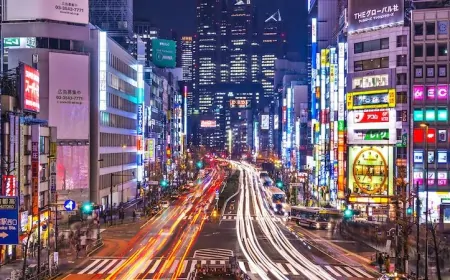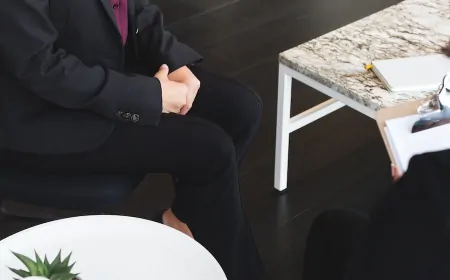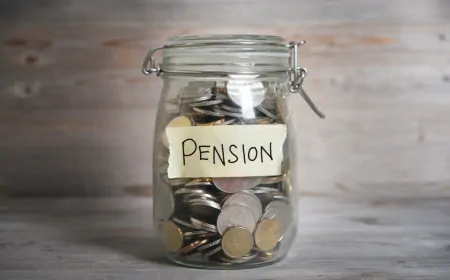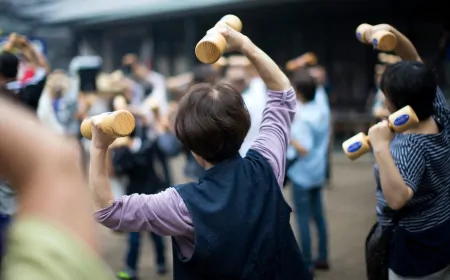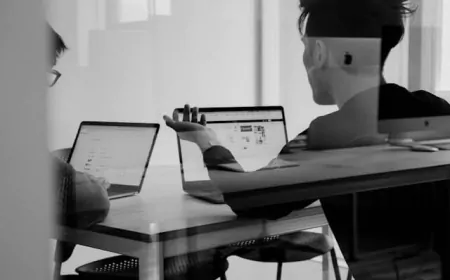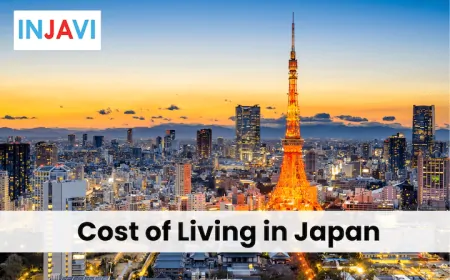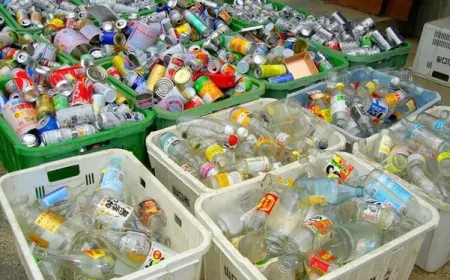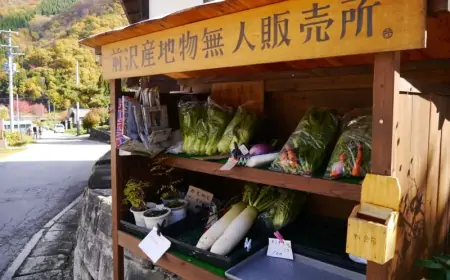Why does Japan only use 100V electricity? The truth that few people know!
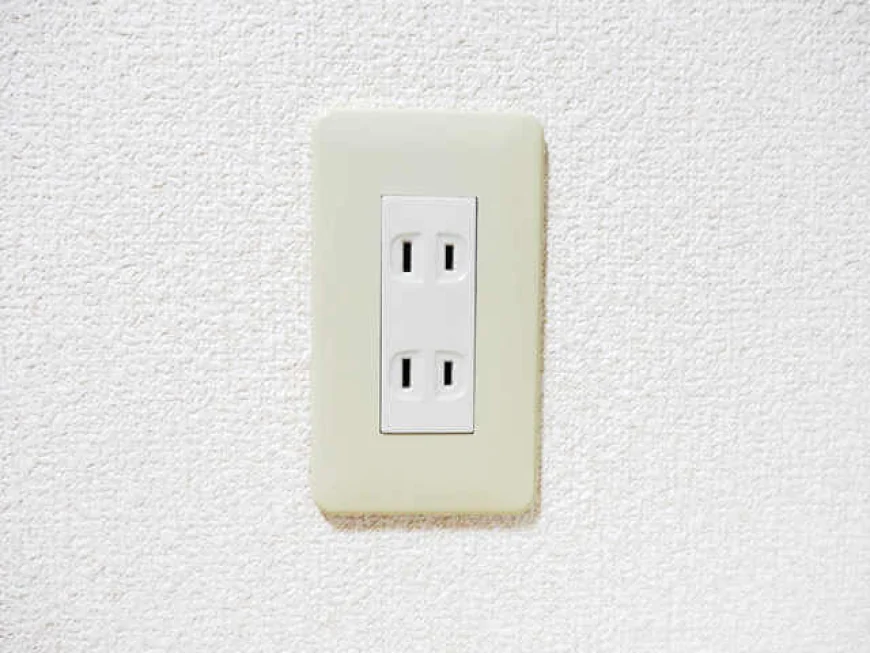
When first arriving in Japan, many foreigners are often surprised to see that electrical appliances here run on 100V, instead of 220V like in Vietnam, Europe or many other countries. So why is that? Does it have any impact when you bring electrical appliances from other countries?
Let's find out with Injavi!
1. History of formation: Starting from two different electric companies
In the 1890s, Japan began to develop its electrical system.
At that time, the two major cities Tokyo and Osaka bought generators from two different countries:
- Tokyo bought generators from Germany (AEG) → 100V / 50Hz electricity
- Osaka bought generators from the US (General Electric) → 100V / 60Hz electricity
As a result:
Japan became the only country in the world with two different electricity frequencies — 50Hz in the East and 60Hz in the West, but the common voltage was 100V for the whole country.
2. Why not raise it to 220V like other countries?
There are 3 main reasons:
Safety for wooden houses
Many houses in Japan are built of wood, which is not well insulated.
High current (220V) is more likely to cause short circuits and fires.
→ Keeping 100V makes it safer for people.
The cost of change is too high
If Japan switches to 220V, it will have to replace transformers, sockets, wires and appliances nationwide.
This will cost billions of dollars and affect millions of households.
→ It is very difficult to do on a national scale.
Not necessary for use
Most household electrical appliances in Japan have small capacity (lights, TVs, fans, mini electric stoves).
100V is enough for use and saves electricity.
3. Advantages and disadvantages of 100V system
| Type | Advantages | Disadvantages |
|---|---|---|
| Safety | Less dangerous when electric leakage or contact | Large capacity equipment operates weaker |
| Stable | Old system, less error | Not compatible with 220V equipment |
| Cost | Low maintenance, energy saving | Need power adapter if using foreign equipment |
4. When bringing electrical devices from other countries to Japan
If you bring a dryer, rice cooker, iron, laptop charger from Vietnam or Europe, pay attention:
- Check the parameters on the device:
For example: "Input: 100-240V" → Can be used in Japan
If it only says "220V" → Should not be used directly
- Use a transformer:
Helps convert 100V to 220V. However, you need to choose the appropriate capacity to avoid burning the device.
5. Japan – A Unique Country with a Separate Electricity System
Today, maintaining the 100V – 50/60Hz system has become a part of Japan’s identity.
Although it is a small inconvenience for foreigners, this is also a testament to how Japan maintains safety, stability and energy efficiency.
Injavi Tips:
When buying appliances in Japan, look for the “100V / 50–60Hz” label to ensure safe use.
If you are unsure, don’t hesitate to ask the sales staff — they will help you choose the most suitable type for your area.
Related Products








